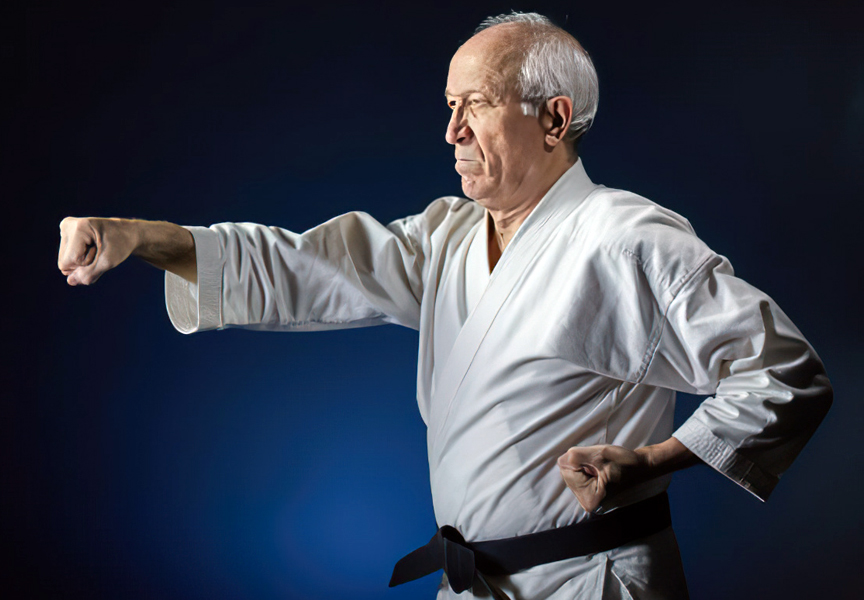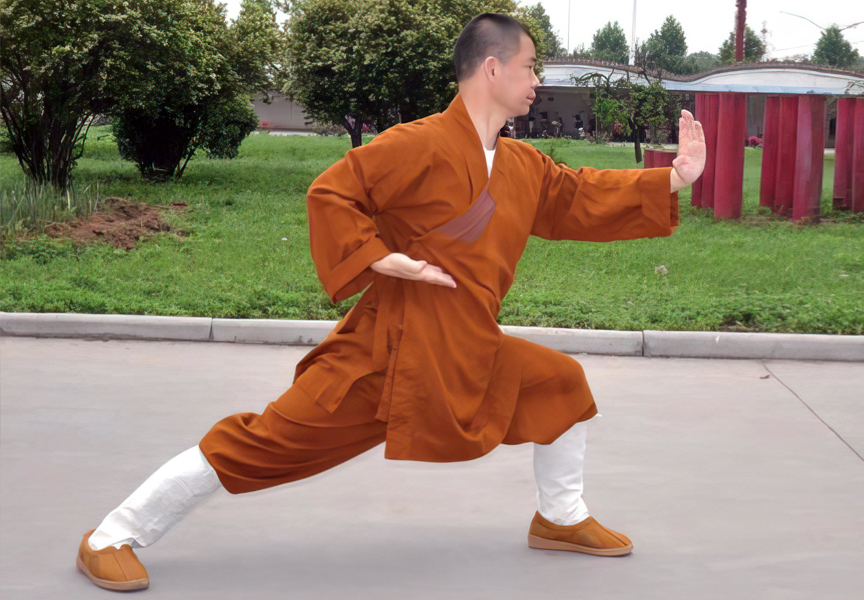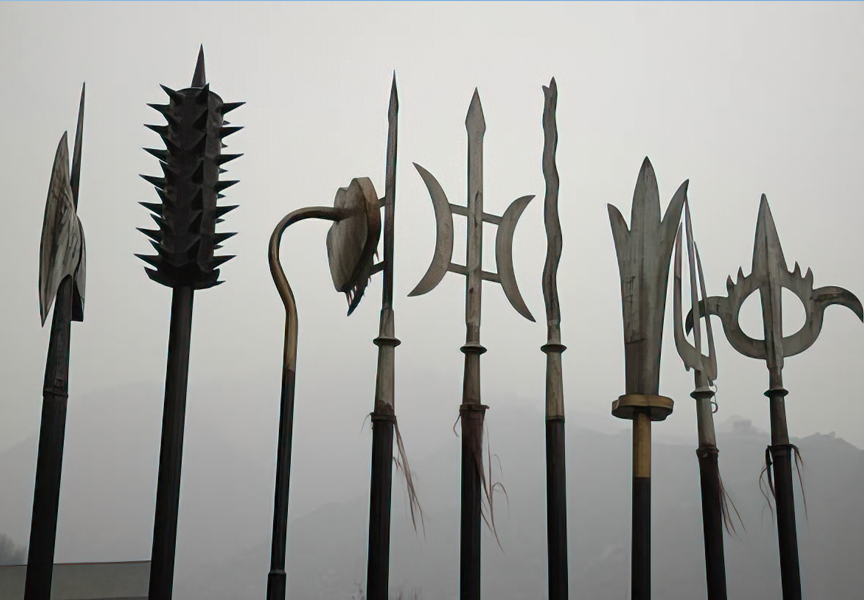Random Free Articles
- Understanding Qi

The Vital Life Force in Traditional Chinese Medicine In the realm of traditional Chinese medicine, few concepts are as central and enigmatic as "Qi" [Chin.: Qì 气]. Pronounced as "chee," this ancient notion has captivated the minds of scholars and practitioners for centuries. Qi is often described as the vital life force or energy that flows through the human body, as well as through all living things and the universe…
- Embracing the Warrior Within

It's Never Too Late to Start a Martial Art Life is a journey filled with twists, turns, and missed opportunities. Many of us carry a list of things we always wanted to do when we were young but never quite got around to. Among these unfulfilled dreams, a common confession echoes: the desire to engage in the disciplined and empowering world of martial arts. The good news is, it's never too late to embark on this transformative…
- Expecting the Unexpected in a Martial Art

Martial arts have a rich history of teaching discipline, self-defense, and physical fitness. These arts come in various forms, each with its unique techniques, philosophies, and principles. One fundamental aspect that martial artists are continually taught is to expect the unexpected. This core principle not only enhances one's effectiveness in self-defense but also extends to various aspects of life. In this article, we will explore the…
- Shaolin's Chain Fist

Unraveling the Mysteries of Shaolin's Chain Fist In the vast realm of Shaolin Wu Gong, the Lián Huán form [Chin.: liánhuánquán 连环拳], meaning "Chain Fist," stands as a fundamental practice that follows the mastery of the 5 Technique Fist [Chin.: wǔbùquán 五步拳]. This compact form, though small in appearance, carries immense significance in the Shaolin tradition. Characterized by simple yet powerful movements,…
- Profound Benefits of Meditation

In an increasingly fast-paced and stressful world, many people are turning to meditation as a means to find solace, peace, and balance in their lives. Meditation is an ancient practice that has stood the test of time, and its popularity in the modern world is a testament to its effectiveness. Beyond its spiritual and philosophical roots, meditation offers a wide array of tangible benefits for the mind, body, and overall well-being. In this…

